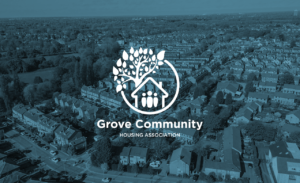OCR, which stands for optical character recognition uses AI to recognise images and text characters, normally within a document or on an object. The usual process of moving some information from A to B such as a sales receipt is to photocopy or scan it and then email it, OCR in remote visual assistance eliminates the burden on the remote party and cuts the time to a few seconds. They simply point their smartphone at the document and the other party simply clicks their mouse to collect the relevant information through the remote HD smartphone camera.
Automated receipt verification uses a machine learning model based on hundreds of images of receipts to accurately verify if a receipt is genuine or not. This is useful prior to provide remote support on a product to check whether the customer is entitled to warranty or extended warranty services. By simply capturing the receipt through the customer’s HD smartphone camera the receipt can be verified in a matter of seconds. The checking process will spot anomalies in the document itself and then check the receipt data against backend systems via API to clear or reject the request for service.
OCR using Remote visual assistance can also be applied to barcode and QR scanning whereby the remote smartphone camera can capture the code which the system then processes. This can be used for validation and capturing various data quickly without burdening the remote party.



